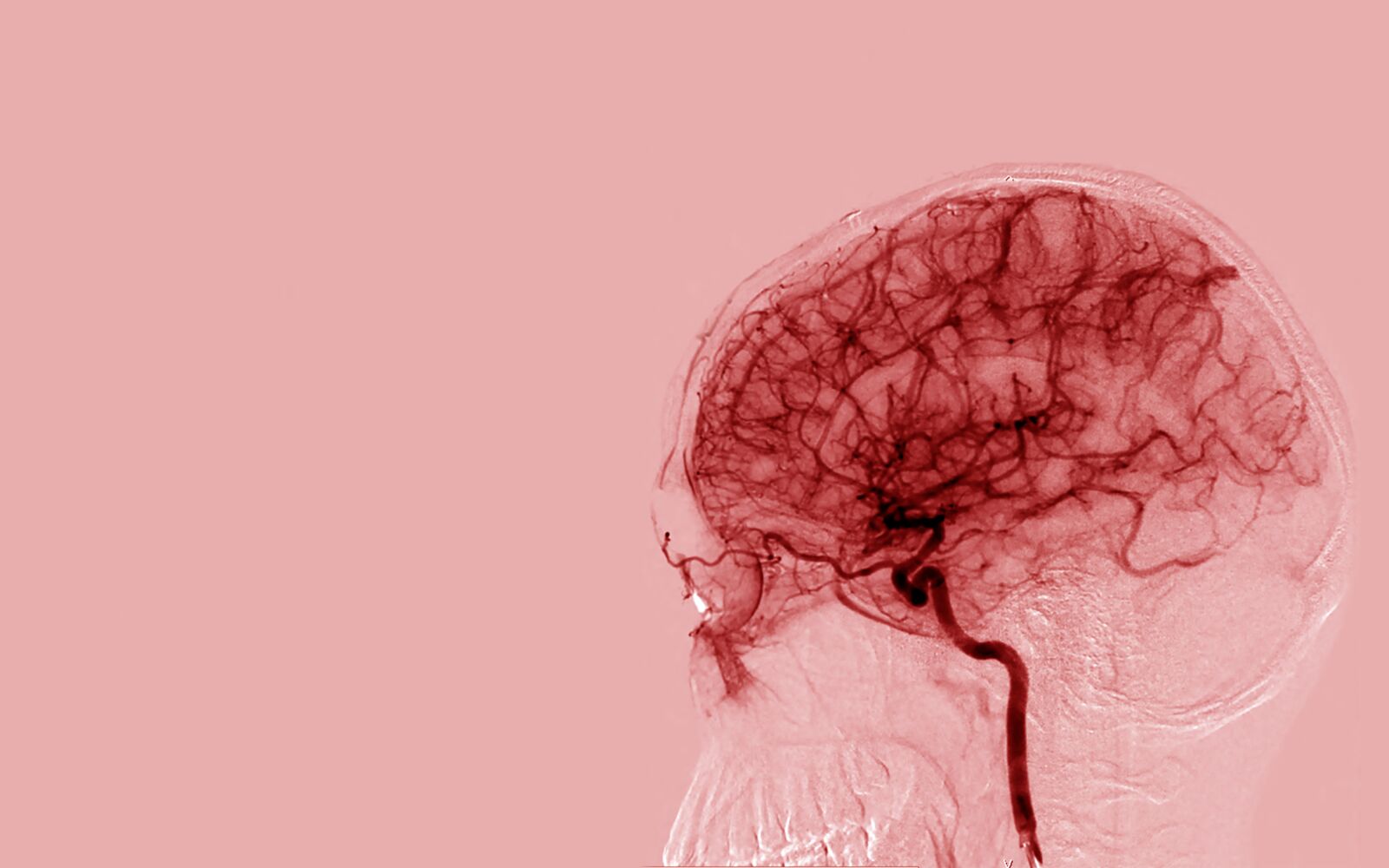Stroke Symptoms
Stroke is a medical emergency that requires immediate attention. It occurs when blood flow to the brain is disrupted, leading to damage to brain cells due to lack of oxygen and nutrients. Timely recognition of brainstem stroke symptoms is crucial for prompt medical intervention, which can significantly improve the outcome and reduce the risk of long-term disability or even death.
Here’s a comprehensive guide to understanding the symptoms of stroke:
F.A.S.T. — The Key to Recognizing Stroke Symptoms
The easiest way to remember the most common symptoms of stroke is by using the acronym F.A.S.T.:
- Face Drooping: One side of the face may droop or become numb. Ask the person to smile. If one side of their face droops or feels numb, it could be a sign of stroke.
- Arm Weakness: Arm weakness or numbness may occur, making it difficult to raise both arms evenly. Ask the person to raise both arms. If one arm drifts downward or is weaker than the other, it could be a sign of stroke.
- Speech Difficulty: Speech may become slurred or difficult to understand. Ask the person to repeat a simple sentence. If their speech is slurred or they have trouble repeating the sentence correctly, it could indicate a stroke.
- Time to Call Emergency Services: If you observe any of these signs, it’s crucial to call emergency services immediately. Time lost is brain lost. The sooner medical treatment is received, the better the chances of recovery.
Other Common Symptoms of Stroke
While F.A.S.T. is a useful tool for recognizing stroke symptoms, it’s essential to be aware of other signs that may indicate a stroke is occurring: Review more stroke signs and symptoms
- Sudden numbness or weakness in the face, arm, or leg, especially on one side of the body.
- Sudden confusion or difficulty understanding speech.
- Sudden trouble seeing in one or both eyes or double vision.
- Sudden severe headache with no known cause.
- Dizziness, loss of balance, or coordination.

Different Types of Stroke, Different Symptoms
It’s important to note that the symptoms of stroke can vary depending on the type of stroke:
Ischemic Stroke:
This is the most common type of stroke, occurring when a blood clot blocks a blood vessel supplying blood to the brain. Symptoms can include those mentioned above, such as face drooping, arm weakness, and speech difficulty.
Hemorrhagic Stroke:
This type of stroke occurs when a blood vessel in the brain ruptures or leaks blood. Symptoms may include sudden, severe headache, along with other symptoms such as weakness or numbness on one side of the body. Recognizing cerebellum stroke symptoms, atypical stroke symptoms, is crucial for prompt medical intervention, as it can significantly improve outcomes and reduce the risk of long-term disability or death. The biggest reason is high blood pressure, which can lead to a sudden stroke.
Transient Ischemic Attack (TIA)is also known mini-stroke, a TIA is caused by a temporary disruption of blood flow to the brain. Symptoms are similar to those of a full stroke but typically last only a few minutes to a few hours. However, TIAs should not be ignored, as they can be a warning sign of an impending stroke. Recognizing sleep stroke symptoms is crucial for seeking immediate medical attention. Remembering the F.A.S.T. acronym can help you quickly identify.You can see it by going to this link.home
FAQS
1. What is a stroke?
-
A stroke occurs when blood flow to a part of the brain is disrupted, either due to a blockage (ischemic stroke) or bleeding (hemorrhagic stroke). This interruption deprives brain cells of oxygen and nutrients, leading to cell damage or death. Recognizing stress stroke symptoms is crucial for prompt medical intervention, as stress can exacerbate the risk of stroke. If you or someone you know experiences sudden symptoms such as weakness, numbness, or difficulty speaking, seek immediate medical attention. Early recognition and treatment are vital for minimizing damage and improving outcome
2. What are the common symptoms of stroke?
- Common symptoms of stroke include sudden numbness or weakness in the face, arm, or leg (usually on one side of the body), difficulty speaking or understanding speech, confusion, trouble seeing in one or both eyes, sudden severe headache, dizziness, loss of balance, or coordination.
3. What is the F.A.S.T. acronym, and how does it help in recognizing stroke symptoms?
- F.A.S.T. is an acronym that helps in remembering the common signs of stroke:
- F: Face drooping
- A: Arm weakness
- S: Speech difficulty
- T: Time to call emergency services
- If someone exhibits any of these signs, it’s essential to seek medical attention immediately.
4. Are there other symptoms of stroke besides those in the F.A.S.T. acronym?
- Yes, there are other symptoms that may indicate a stroke, such as sudden confusion, trouble seeing, severe headache, dizziness, and loss of balance or coordination.
5. How do stroke symptoms differ depending on the type of stroke?
-
Ischemic strokes, caused by blood clots, often present with symptoms such as face drooping, arm weakness, and speech difficulty. Hemorrhagic strokes, caused by bleeding in the brain, may include sudden, severe headaches along with other symptoms. Symptoms before stroke, Transient ischemic attacks (TIAs) have similar symptoms to strokes but are temporary and usually resolve within a few minutes to a few hours.
6. What should I do if I suspect someone is having a stroke?
- If you suspect someone is having a stroke, remember F.A.S.T. Check for face drooping, arm weakness, and speech difficulty. If you observe any of these signs, it’s time to call emergency services immediately. Every minute counts in stroke treatment.
7. Can strokes be prevented?
- While not all strokes can be prevented, there are steps individuals can take to reduce their risk, such as maintaining a healthy diet, exercising regularly, managing conditions like high blood pressure and diabetes, avoiding smoking and excessive alcohol consumption, and knowing their family medical history.
8. What should I do if I experience symptoms of a stroke that go away quickly?
- If you experience symptoms of a stroke that go away quickly, you may have had a transient ischemic attack (TIA). Even if the symptoms resolve, it’s crucial to seek medical attention promptly, as TIAs are often warning signs of an impending stroke.
9. What is the prognosis for someone who has had a stroke?
- The prognosis for stroke survivors varies depending on factors such as the severity of the stroke, the area of the brain affected, and how quickly they received treatment. Early intervention and rehabilitation can significantly improve outcomes and quality of life for stroke survivors.
10. Where can I learn more about stroke symptoms and prevention?
-
-
You can learn more about stroke symptoms, prevention, and treatment from reputable sources such as the American Stroke Association, National Institute of Neurological Disorders and Stroke (NINDS), and Centers for Disease Control and Prevention (CDC). Additionally, consulting with healthcare professionals can provide personalized guidance and support. Recognizing 2nd stroke symptoms is also crucial, as individuals who have experienced one stroke are at higher risk for another. It’s essential to stay vigilant and seek medical attention promptly if any new symptoms occur.
-














